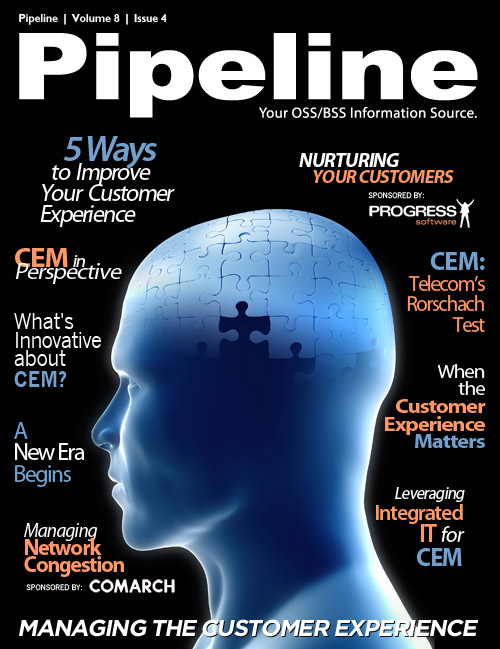By: Jesse Cryderman

Before the dawn of microscopy, medical science was pretty barbaric. Lacking insight into the world of germs and cells, humans created all sorts of bizarre explanations for health problems and wacky methods for curing ailments, like blood letting via leech. For centuries the makeup and functioning of the body was described by the four humors, and treatments prescribed in accordance with this theory.
The advent of the microscope changed all of this, enabling access to the hidden worlds of activity that moved beneath perception and activated disease and recovery. Yet the mere existence of microscopes didn't reform science overnight. Microscopes only reveal a part of the picture; if five scientists are looking only at the cells that exist in five different parts of the body, their explanatory power over pathology is minimal.
Today, carriers possess numerous microscopes trained on their networks, but don't necessarily have the scientific method in place to create a big picture. Service providers engage in effective ER following trauma, but haven't modeled an end-to-end picture of health needed to create a proactive plan for wellness.
Brian Carroll, CEO of Arantech, explained the situation. “"Currently, the majority of operators that have deployed CEM use the system to ‘find and fix’ potential issues on their network...this is only one use case for CEM; it can provide operators with much more than an 'early warning system' to identify network issues and device faults.”
This is where the true concept of CEM steps in: as the mythical Dr. House who can discern Adrenoleukodystrophy from Multiple Sclerosis and prescribe an appropriate course of action, and as the snow bearded Dr. Andrew Weil, who can translate meta-analysis into longevity diets. CEM is both. And while no one is arguing that CEM will save lives, as an applied concept, it can certainly save time and money for both operator and subscriber.


As we've discussed elsewhere in this issue, the acronym CEM has been used prolifically to describe all sorts of solutions, from improved relationship management, to end-to-end experience management suites, to an entirely new way of perceiving a communications network. Some vendors have simply re-badged CRM modules while others have essentially made CEM and service management synonyms. And that's inherently the problem. To understand what is innovative in CEM--or more importantly why CEM is innovative--the discussion must drift from toolkit and implementation to concept and perception.
A New Perspective
While carriers are hip to differentiate themselves in the market and always looking to reduce churn, they are hardly known for rapid shifts in culture. Historically, carriers have been narrowly focused on network elements as the primary components of their business. You don't have to look too far for this to become apparent, as the evidence lies in the naming schemes used for key modules in a service provider's architecture. As Sanjay Mewada, VP of Strategy at Netcracker pointed out, “there's a reason the center is called a Network Operations Center, and not a Service Operations Center.”
What is innovative about CEM is the new perspective it embodies, the new way of interconnecting perceptions from myriad data sources. Drew Rockwell, of MDS, agrees. “CEM to a certain degree is also a mindset for operators to think about what customers need and how to ensure continued customer stickiness, as requirements are continuously changing.”











